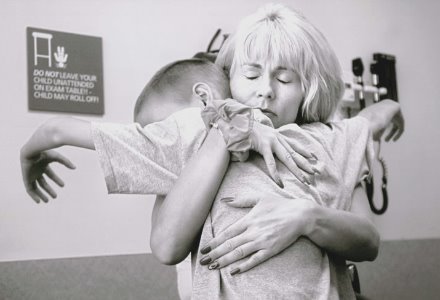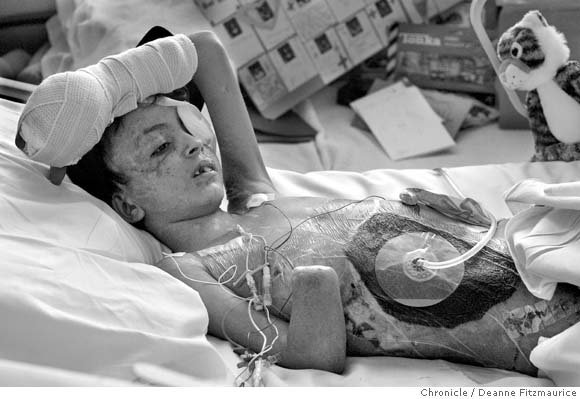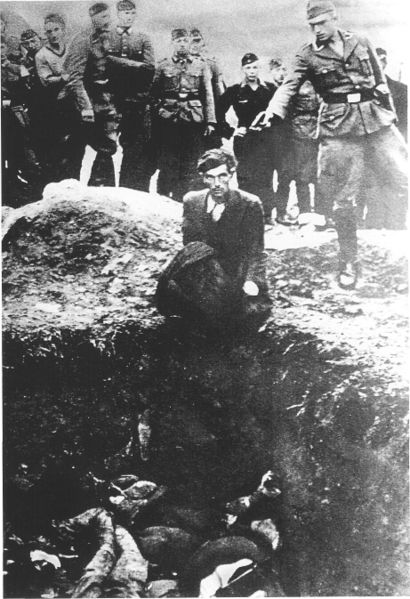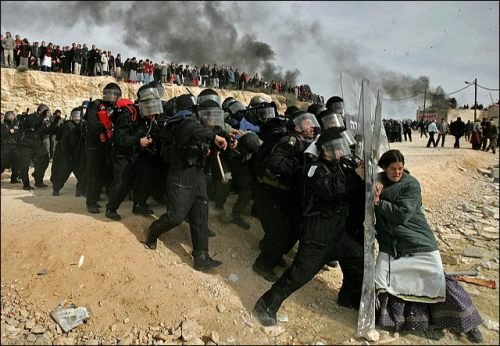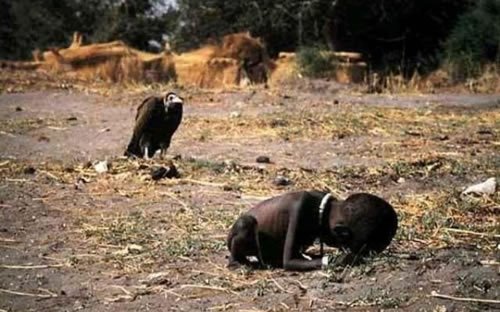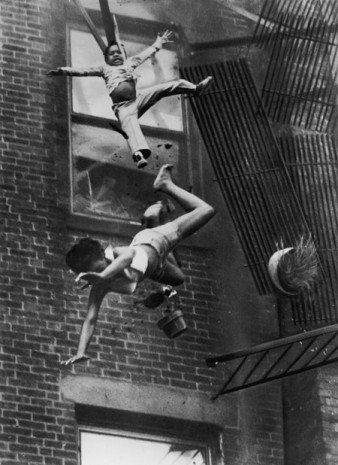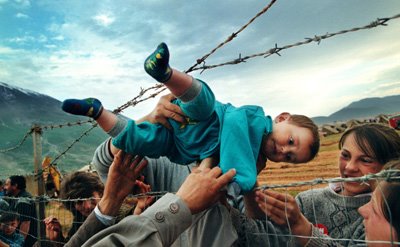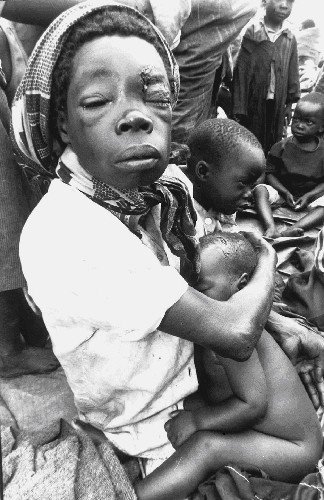Evan Grae Davis's video, http://www.youtube.com/watch?feature=player_embedded&v=42i1sIZ-9kQ in association with Franklin Templeton Investments http://www.franklintempletonindia.com/ which partnered the TEDxGateway Mumbai in December 2012.
Genocide is very closely related to dowry. Except in Muslim communities, dowry is paid by the bride. Dowry in India has come a long way from being given by the Girl's parents to the community in the historic days, to the Boy's parents in the 90's and recently in these days being deposited in the Boy's name/Joint account in a bank. Women are usually viewed as dowry burdens, the weaker sex, and worthy of a lower social status compared to men. This has led to social and economic problems. In India, preferential attitudes towards women in general have existed for generations and affects women all their lives. Although the Indian constitution has granted women equal rights but gender inequality remains. I suppose the war between the sexes started soon after Eve had the first bite of the apple or maybe God started all the trouble by modeling Adam for strength and protection and Eve for gentleness and grace. Why were they opposed by the society in encouraging remarriage, supporting female education, and opposing polygamy in the older days? Why are they still to a few exceptions due to globalization coerced to wearing purdahs and hijabs? Why are they still forced to sell their morality and bodies for money to satisfy the male pleasures?
The best procedure to end the dowry system from the society is to start thinking not from the mind of our forefathers and society. When we stay in our circle of closed religions, caste and creed, we tend to follow its norms. What we need to do is cast away the traditions and think more as humans and see others as yourself struggling to live in this world. We are afraid of the immediate society at large in what they actually think of us. Most young men and women do not have any notions of wanting the dowry but are simply following the age old traditions of marriage. We as "Humans" should saw away the chains of customs and religion and encourage inter-religious, inter-caste, inter-regional marriages. We need to do away with the spending of hard earned money for a marriage party where hundreds come to "eat-the-biriyani-burp-and-walk-away." What purpose does this whole exercise serve in a marriage bond if financial burden is endured by both the families resulting in a dowry demand? Every community / caste from every region of India, be they Hindu, Muslim, Christian, Parsi including all the various sub castes, has a blatant or subtle approach to dowry/give-take during marriage, in varying degrees. It is also about time that our girls, especially the educated ones, have some consideration for their parents, put their foot down and refuse to get married to those demanding dowries. Unfortunately the pressure to be "married" is too high in India. In any event, unless our own mind sets change, nothing will ever change.
The new year has shaken our conscience, disturbed our women and daughters and instilled fear about the five young men who brutally raped a 23 year girl in a moving bus. They are now seen as monsters, treacherous dacoits and unworthy men who deserve the noose, nothing more, nothing less. The argument is that all men don't rape. Really?
All men don't rape, yet men have seen to it that the multi-crore a year porno industry fanfares. And that the sexual objectification of women remains omnipresent and that rape and its various versions are made insignificant, romanticized, beamed through films, TV, hip and body grating music shows, news medias and such by beautiful looking women who appear and become sexual commodities. Young men are continuously bombarded by a now called modern culture that sexualizes commodities and commodifies woman’s sexuality. India Inc sells products by selling the sexuality of the women endorsing the product and in a way sex is purposefully commodified. Men can buy pornography and prostitutes and even participate and peep in private freak shows. And so end of the day, men are able to satisfy a desire for sex without having to contain in the ramifications of sexually intimate relationships. All men don't rape but they see to it that men who rape have little to fear, while the "lesser" gender who harm or kill rapists are sent to prison. And they uphold and defend in the very culture of male supremacy, without which rape would be have been rare and maybe not exist at all. They have made sure that they support the saying, "If you are beaten, you're said to have incited it, if you're raped you're said to have invited it." Historically they have had as soldiers the freedom to rape thousands of women in war torn countries, deny women the basic civil rights, passed laws concerning their clothes, institutionalized female dominance and inferiority, Which I believe amounts to men's metaphorically raping women and creating the circumstances that make physical and mental rape possible.
Feminist all around the world keep saying and advocating that sexes are the same. It nudges women that they can do almost anything, go basically anywhere, say anything and wear anything. Trust me, NO, they can't. Women will always be in sexual danger simply because many men are troubled, aggressive with problems controlling their anger, porn addicted, sexually frustrated, hooked to voyeurism, sensitive to rejection, insecure about their own masculinity and have distorted views about women and sex thanks to the glorified rape movies of the 70's and a culture known to marry off the victim to the rapist. Women look suspiciously at every male trying to be friendly with them on the street. They don't even venture out in the streets alone in the fear that men will rape them. In 98.28 per cent of 581 rape cases registered last year, the "rape" accused were known to the victims and had been interacting with the victims in the normal course of life. It has to be understood by women that "men" don't rape women the minute they see them. The more women try to be afraid of men the more they are being targeted as weaklings. What makes them weaklings when they too have sharp teeth, hard knuckles, lethal elbows and powerful knee joints? What makes it difficult for them to use any one of them when they are being raped? Why do they need to cry out for help and waste the energy and stamina to ward off men in a typical rape scenario? The pervert in me stands to wonder why the "'Man" with an overly excited bulge in his loins does not attack and rub in his masculinity in a nearby sleeping dog? Does he fear the sharp claws of his agile legs? Does he fear the tart teeth on his precious maleness? Women, I believe should rise up their horizons and bolt out their inhibitions which the society has created for them.
The weaker gender got obtruded in the society to the extent that all Women are showcased in literature and even in every mythology that characterizes the thinking of groups, societies and nation as submissive, a weakling to the core. Even though the last few years have seen dramatic increases in the quad usable for women in the Indian society and women in general with the help of plausive policies and programs by the government and revoltionary initiatives by feminists and NGOs, the social impact has been considerate enough but not enough to change the views of Indian "men" in general. One should realize that biologically the women are a stronger sex. In mordern and developed societies around the world the women when treated equally to men have outlived men, and hence there are more women than men in the world. But unfortuantely reverse is the case in India with the census declaring that there are fewer women for men in India. Every state in India account to foetal homicide and dowry issues. Women need to stand up dusting off the age old beliefs of the society and religion to carve out strong and confident individuals, in real, actual and total control of their own lives and should be able to raise their voices demanding their rightful and peaceful existence in this world. They are instead wondering and pondering if the glass is half full or half empty. I believe that the women in India are a disadvantaged lot not in terms of personal space and freedom but in deciding the fate of their own lives. The India's total female population of India is more than the acccumulative populations of say countries like Canada, Russia but still Indian women are afraid to walk the wide bridge and show the whole wide world that they are no lesser creatures.
The untoward female to male ratio can be explicated by the fact that women in India are still second class citizens. It is cogent evidence that, at every stage in their lives starting from their gory births, the women in general are deprived of their rights and entitlements, and singled out in a variety of ways. Who could forget the legendary Travancore (kingdom of Kerala) decision to impose tax on women for the right to cover their upper body? Who could forget that the Women had no legal or social status rights other than that educed from their stand in the family and could not inherit, except for the poor widow who was esteemed to 'use' her husband's property if there were no male heir, and had few options to support themselves? Who can forget sati? Who could forget that in the past golden era, women were just literary subjects in whom the Vishnu cult fathered narrations, the Ramayana and stories of Krishna devotional songs, with courtly love as a trope, which sported women as heroines and just simple objects and entertainments of desire?
Genocide in all forms should be thing of the past. The new generation should mediate on "all Indians are my Brothers and Sisters" from our national anthem. The Indian government should promote strategies to promote the convalescence of victims, community awareness and human rights for all persons. The continued monitoring of new born baby girls and boys to judge mistreatment as done in developed countries like USA and Europe should be implemented here and the concept of foster homes should be advocated in the best interest of the society at large. If India can spend millions of foreign currency in buying weapons of every size and whim then the least it could do is possibly deposit a fixed sum of money for every girl child born in India which could reduce female genocide. Let us all take an oath to protect our women and print out posters to be displayed in all our homes, least we forget that she is a Mother!

















